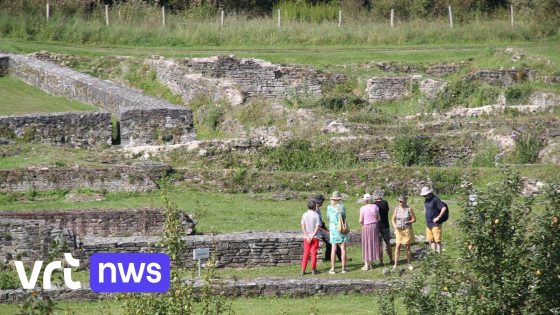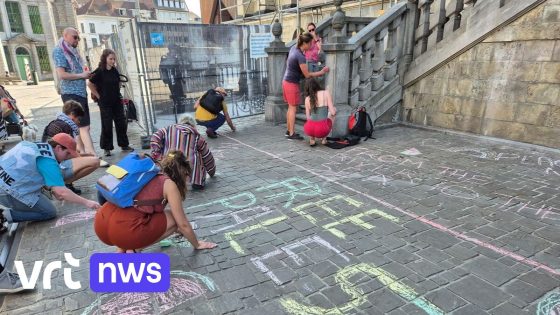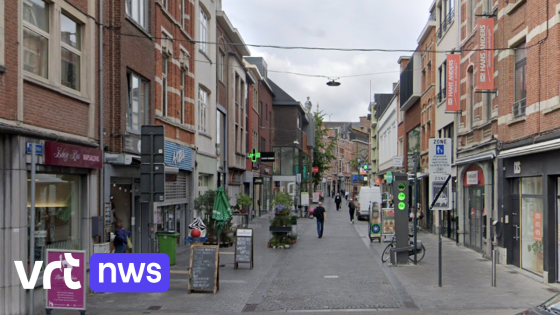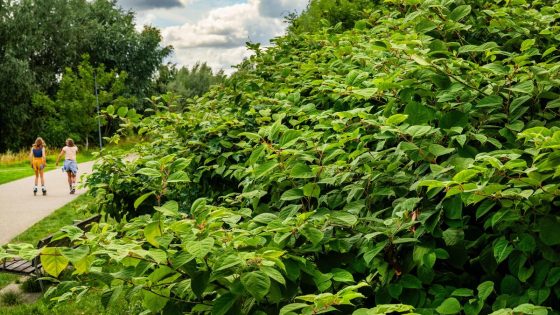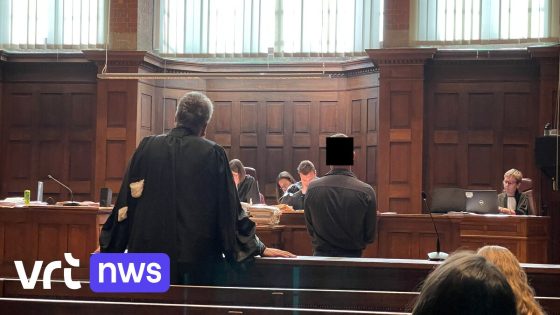The heritage site in Ename, Oudenaarde, is set to receive renewed attention as a layer of earth will be added over parts of the historic 11th-century abbey ruins. This preservation effort addresses the damage caused by overgrown vegetation, which has left sections of the site in poor condition. The project highlights the importance of protecting Belgium’s rich medieval heritage.
- Heritage site in Ename undergoes restoration
- 11th-century abbey remains receive earth covering
- Overgrown plants cause damage to ruins
- Covering with earth improves preservation
- David Coppens supports conservation efforts
- Province Oost-Vlaanderen leads restoration project
David Coppens from the East Flanders province explained on 2025-08-11 13:17:00 that covering the remains with earth is a practical method to better conserve the site. But why choose earth covering instead of restoration? And how does this impact local tourism and education?
These questions lead US to explore the practical benefits and long-term goals of this preservation strategy.
Why is earth covering an effective preservation method? It helps control environmental factors and limits plant overgrowth, which can cause structural damage. This approach also allows archaeologists to maintain the site without invasive reconstruction. Key points include:
- Earth layers protect ruins from weather and biological threats.
- Minimal intervention preserves the site’s authenticity.
- Maintains the site’s educational and cultural value for locals and visitors.
Looking ahead, continued conservation efforts will be essential to balance preservation with public access. Could this method become a model for other Belgian heritage sites facing similar challenges? Locals and visitors alike are encouraged to stay informed and support these initiatives.



